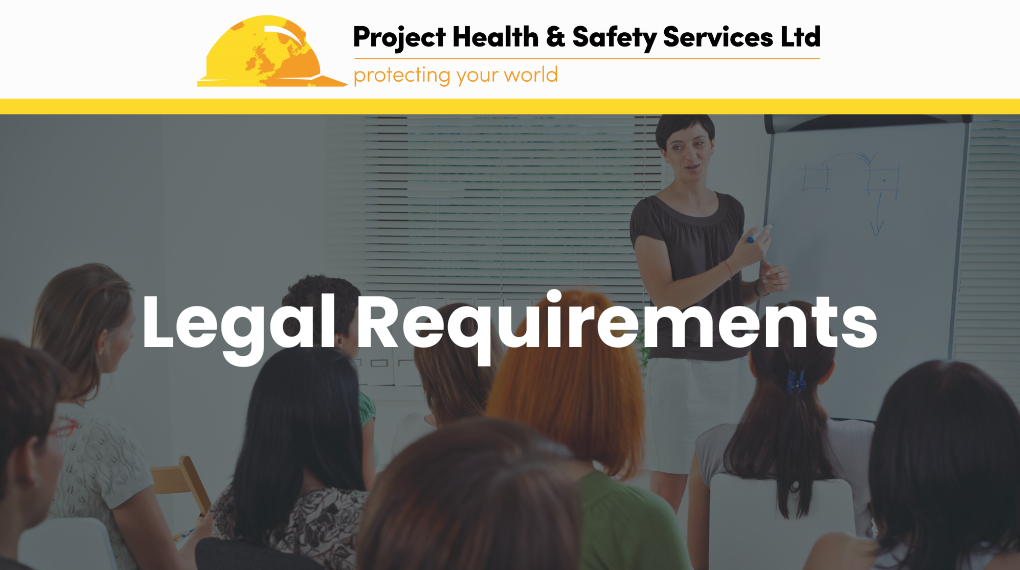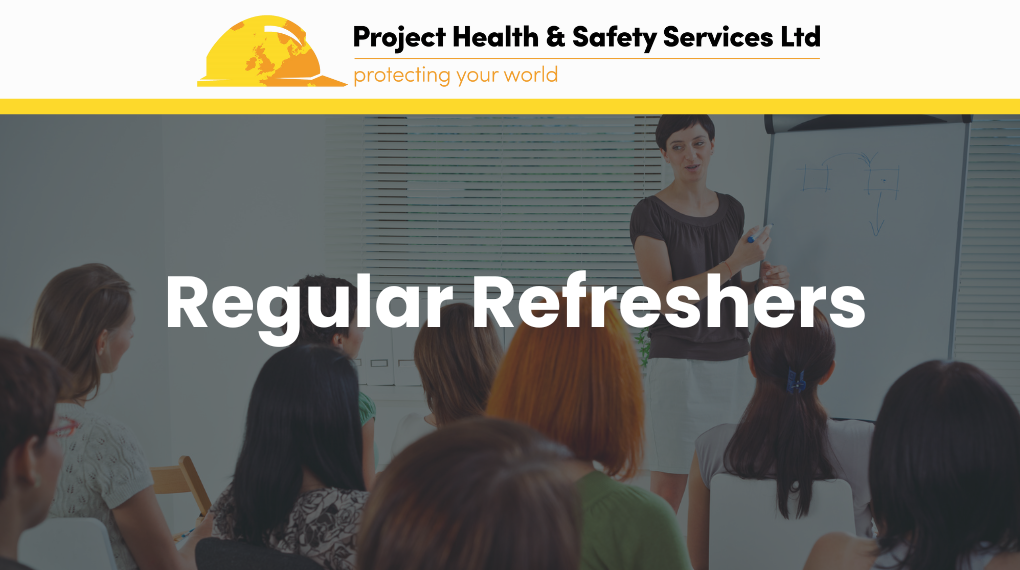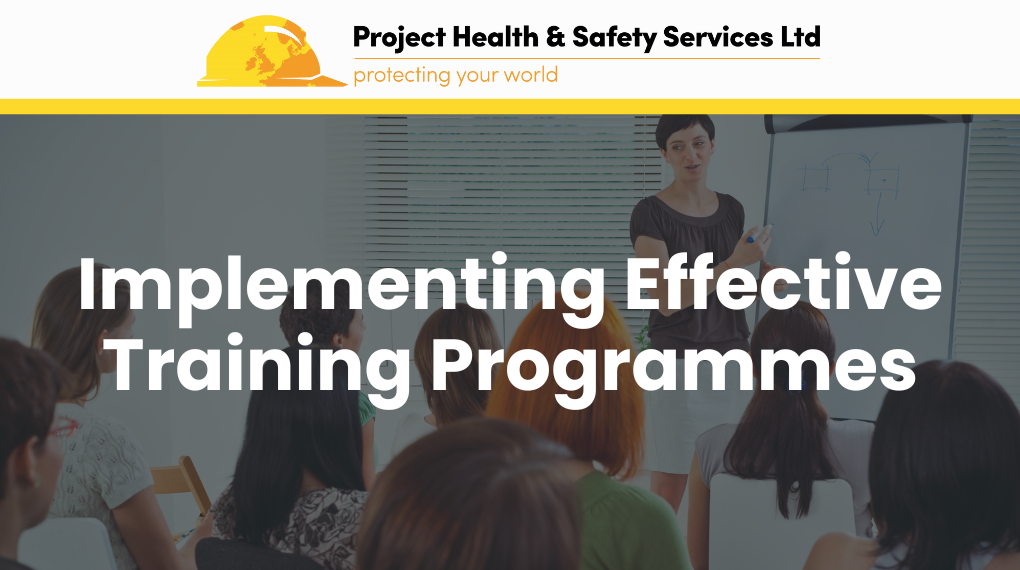Workplace safety is not just a legislative requirement, but a critical component of a thriving business environment. Did you know that businesses with regular health and safety training programmes experience fewer accidents and higher employee morale? That is why ensuring that your team is well briefed and trained in health and safety practices is essential for maintaining a healthy, safe and productive workplace. This blog will explore the importance of regular health and safety training, its benefits, and how to implement an effective training programme.

Health and safety training involves briefing and educating employees on what they need to do in order to prevent accidents and handle emergencies. This can involve telling them how to do something, what they should or should not do, or simply just giving them information. The primary goal is to create a safe working environment by equipping employees with the knowledge and skills they need to protect themselves and others. This can range from formal courses and qualifications, to a simple briefing or Toolbox Talk from a Line Manager.

In the UK, the Health and Safety at Work Act (1974) requires employers to provide regular training to their employees. Failure to comply with these regulations can result in hefty fines and legal action. Ensuring your team receives regular health and safety training helps you to stay complaint and avoid these severe consequences.

Improved Safety and Reduced Accidents
Regular training helps employees recognise and mitigate potential hazards before they lead to accidents. By educating your team on safety protocols and emergency procedures, you significantly reduce the risk of workplace injuries. For instance, businesses that conduct regular safety drills and training sessions report fewer accidents and injuries, leading to a safer work environment.
Increase Productivity and Efficiency
A safe workplace boosts employee morale and productivity. When employees feel safe, they are more focused and engaged, leading to higher efficiency and output. Additionally, fewer accidents means less downtime and disruption, allowing your business to run smoothly and efficiently.
Fostering a Positive Culture
Prioritising regular health and safety training helps to cultivate a safety-first culture within your organisation. When employees see that their safety is taken seriously, they are more likely to adopt safe practices and take-ownership of their own well-being. This proactive approach not only reduces the risk of accidents but also promotes a collaborative and supportive workplace environment. A strong safety culture can enhance employee loyalty and attract new talent who value a company that puts their health and safety first.
Enhancing Company Reputation
Staying compliant also enhances your company’s reputation and trustworthiness. Clients and partners are more likely to engage with businesses that prioritise safety. By investing in regular training, you demonstrate your commitment to a safe working environment, which can attract more business opportunities. A solid reputation for safety can set you apart from competitors and build long-term relationships with clients and partners.

Health and safety training should be customised to fit the specific needs of your industry and workplace. For example, a construction site will have different safety concerns compared to an office environment. Identifying the unique risks associated with your business, and the unique tasks your teams complete, allows you to tailor the training accordingly. This customisation ensures that the training is relevant and effective.

It is also important to review and refresh training regularly – at least annually for many courses, and whenever there are significant changes to your operations or regulations. If you don’t know what your teams training needs are, we can help. Don’t hesitate to contact us below if you require any support or advice.

To develop a comprehensive health and safety training programme, you must start by conducting a thorough review of your business and its operations. You should consider the tasks and duties your teams perform, and then what level of knowledge, training or qualifications they require to complete those tasks safely. This is often best presented in a Training Matrix. Identify the potential hazards risks faced by your teams and determine the necessary training to address these risks if they cannot be eliminated by other methods. At PHSS, we can take care of this for you. Please get in touch if you would like to hear more about our bespoke training matrix service.
Conclusion
Regular health and safety training is a crucial investment for any business. It not only ensures compliance with legislative requirements but also enhances productivity, reduces accidents, fosters a positive workplace culture, and improves your company’s reputation.
At PHSS, we are dedicated to helping businesses like yours implement effective health and safety training. For more information, check out our training and eLearning courses here. If you have any questions or need assistance, please don’t hesitate to reach out to us.
Prioritise the safety of your team and invest in regular training today!













